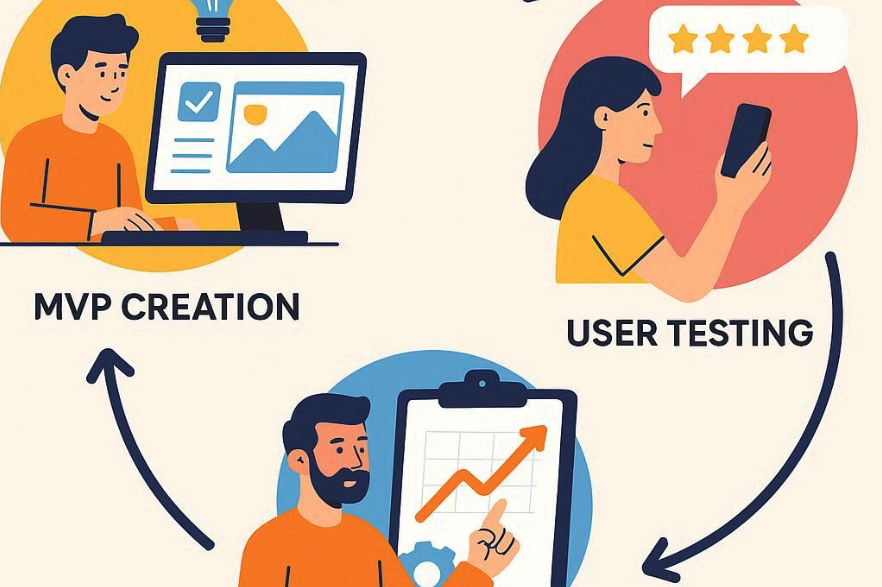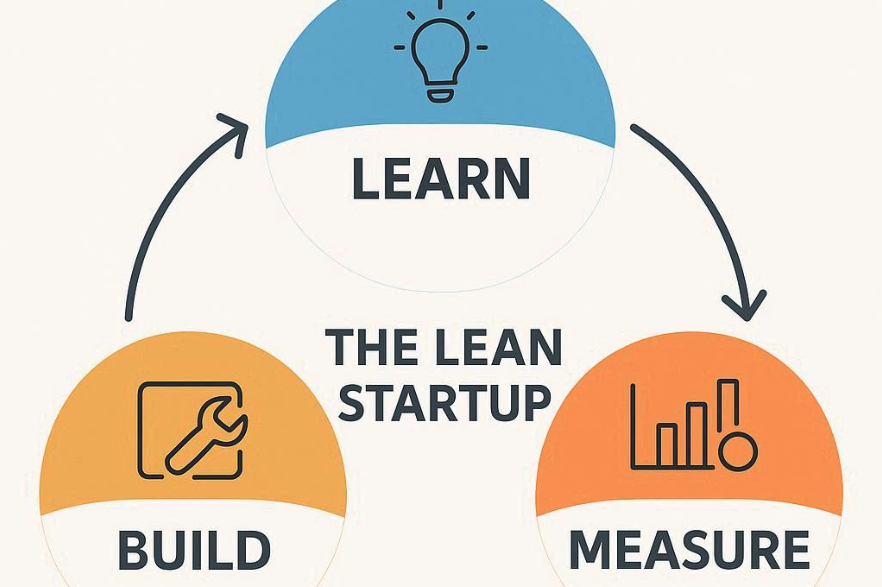Tiny Teams & the Lean Startup | 매거진에 참여하세요
Tiny Teams & the Lean Startup
#TinyTeams #Definition #SmallTeam #Agility #Multitalen #Speed #Cost #AI #Organizati
The Rise of Small but Mighty Teams
With the rapid growth of AI and automation, tiny teams can now compete shoulder-to-shoulder with global enterprises.
In the past, organizational size and capital were the main drivers of competitiveness. But as of 2025, agility, data-driven decision-making, and strong UX/UI design have become far more critical advantages.
In this new landscape, the Lean Startup methodology has become essential for small teams: enabling rapid experimentation, user feedback loops, and adaptive market strategies.
What Exactly Is a Tiny Team (vs. a Small Team)?
The term “Tiny Team” has gained traction in the startup and tech world. But how is it different from the usual idea of a “small team”?
1. More Than Just Fewer Members
Small Team → A group with fewer members, typically 10–20.
Tiny Team → Core team of usually fewer than 5 members, designed for maximum agility and high-impact outcomes.
The phrase “Tiny Team” implies doing more with less, not just being small.
2. Agility & Multitalent
Small Team → Roles can still be specialized and structured.
Tiny Team → Members wear multiple hats and make decisions quickly.
e.g., Developer–Designer hybrid, or Marketing–Customer Success dual role.
This enables fast prototyping, iteration, and pivots—even with very few people.
3. A Strategic Concept
Tiny Teams are not just smaller organizations. They represent a strategic operating model:
Rapid testing with Lean Startup principles
Deploying globally via cloud platforms
Building brand trust with strong early UX/UI

Comparison at a Glance
Factor | Small Team | Tiny Team |
|---|---|---|
Size | 10–20 members | ≤5 members |
Roles | Structured | Multi-role, versatile |
Focus | Being small | Maximum effect with minimal headcount |
Strengths | Simplicity | Agility + efficiency + strategy |
Why Tiny Teams Work: The IT Perspective
Cloud & SaaS Adoption
Tiny teams can use cloud databases, servers, and analytics tools instantly.
Cuts upfront costs and reduces maintenance burdens.
AI & Automation
Automates repetitive work (customer support, data analysis, marketing).
Maximizes efficiency without extra headcount.
Global Reach
Even a 3-person team can launch globally on AWS, Azure, or GCP.
Barriers to global competition have never been lower.

Why Tiny Teams Work: The Business Perspective
Lean Startup Loop
Build → Measure → Learn cycles enable fast prototyping and iteration.
Data-Driven Decisions
Quick insights from usage data guide product priorities.
Cost-Efficient Market Entry
Focused marketing to niche users instead of expensive mass campaigns.
Fail fast, learn cheap, succeed faster.

Case Studies
- SaaS Startup: 5-person team launches a SaaS app → gains global traction within 3 months.
- Healthcare Startup: Tiny team builds AI-driven health app → competes with giants via automation.
- Mobile App Dev: Tiny team with strong UX focus → MVP hits app store charts.
Why Tiny Teams Work: The Design Perspective
UX/UI as a Trust Factor
In early-stage products, good UX equals brand trust.
Smooth, intuitive first impressions create long-term loyalty.
Rapid Design Iteration
Lean UX cycles: Test MVP → gather feedback → refine.
Faster design turnaround = faster market adaptation.
Branding with Emotional Design
Even small teams can stand out with thoughtful design touches.
Colors, interactions, microcopy—all can create a “big brand” feel.
Conclusion: Agility, Tech, and Design Combined
The success formula for the Tiny Teams era is clear:
Tech → Cloud + AI + SaaS for minimal costs
Business → Lean Startup for fast experiments & pivots
Design → Strong UX/UI for brand trust and user love
With the right mix of agility, data, and design, even the tiniest teams can thrive on a global stage.
The era has come where a 3-person team with the right tools and mindset can rival the output of a hundred-person company.






